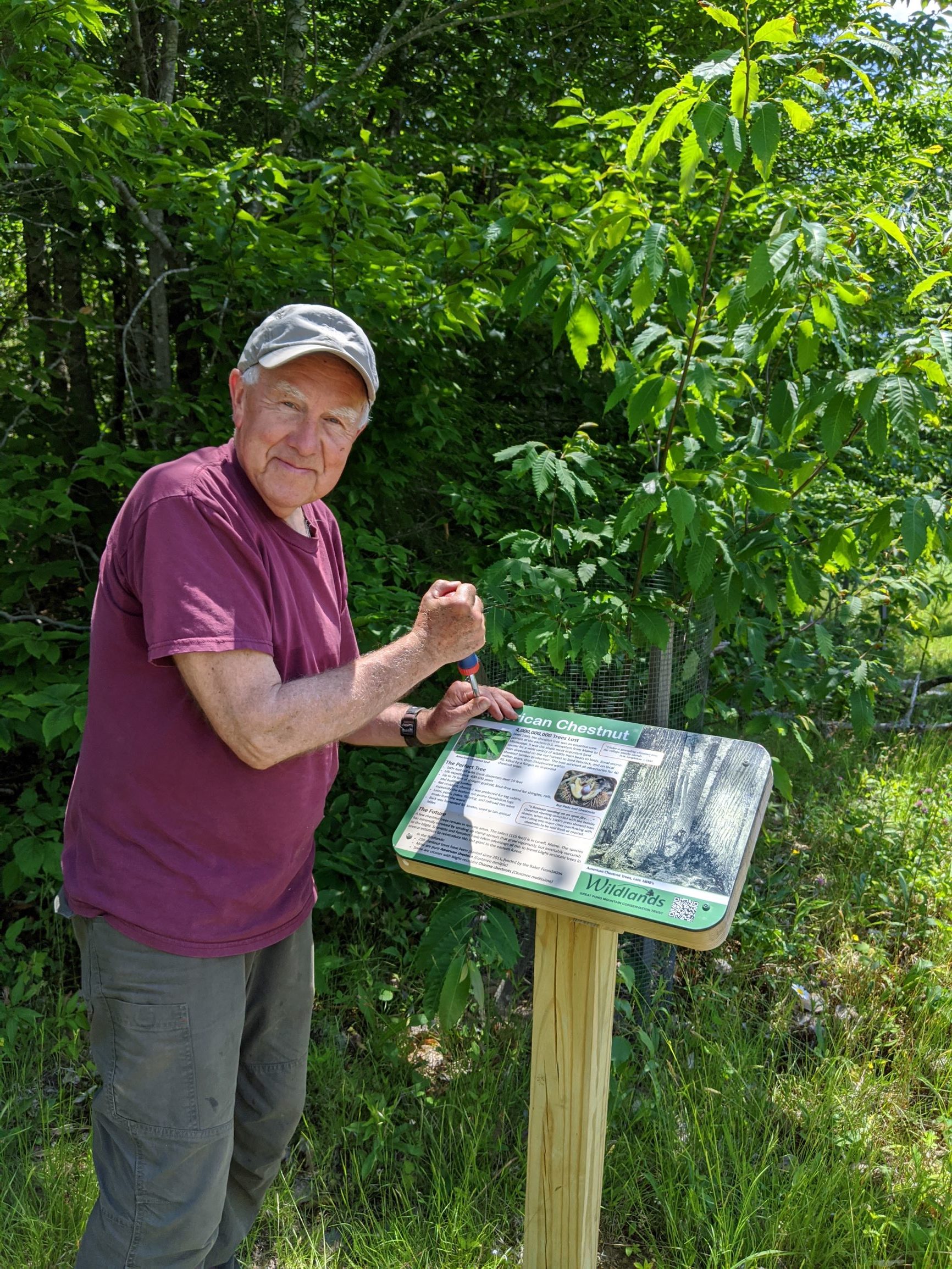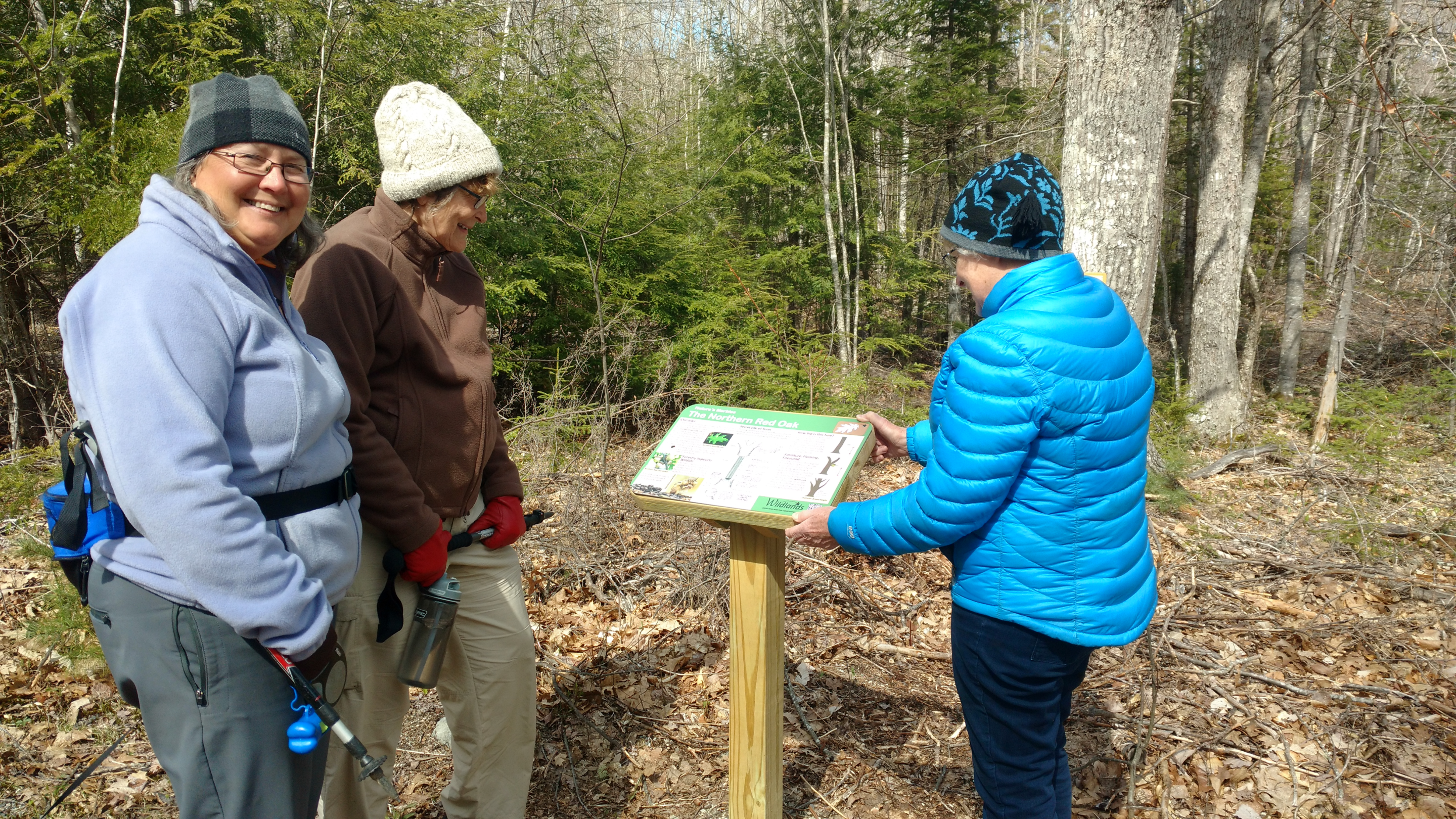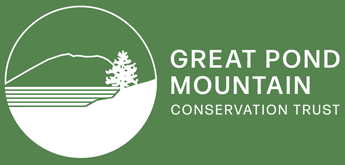Valley Road Interpretive Walk
This sign project was made possible by a generous donor, several volunteers, and GPMCT staff, including Nick Noyes, Alice Noyes, Leah Page, Roger Greene, Jennifer Riefler, Dave Doherty, Emily Carvalho and Landon Fake.
If you want to help expand this project, click on the donate button and where you have the option to leave a note, tell us it’s for the sign project. Thank You.
About the Interpretive Walk
This project was inspired by the vision of Maine Master Naturalist (MMN) Nicholas Noyes, who teamed up with GPMCT to create these signs as apart of his capstone project for the MMN course. This trail was developed to enhance the educational and natural experience for visitors along the Valley Road. We’ve designed the trail to highlight prominent natural features, diverse plant and animal life and initiatives within the Wildlands, like our forestry and American Chestnut restoration projects. Throughout this process, the team has gained a new appreciation this beautiful place and we hope our visitors are inspired to continue learning about the natural world while visiting and recreating in the Wildlands.
A Few Words from the Creators
“Alice and I have been learning and working closely together this past year to complete the Maine Master Naturalist Program. As our Capstone Projects for this program, we both developed nature trails for local conservancies. During the winter, I helped Alice by making wooden sign posts with engraved numbers from 1 to 10 to indicate the stops on her trail. She used her design skills to develop interpretive materials for each of her 10 observation stops. When my Capstone project at Great Pond Mountain Conservation Trust needed graphic design help to complete the ten interpretive signs, she volunteered her expertise with Microsoft Publisher. She worked with the team to turn the sign drafts together with content changes and text edits from our working sessions to create our amazing finished signs.For me, as the original author, it has been humbling and amazing to see each sign transformed from a rough Microsoft Word document into a truly polished interpretive sign with large lettering, nicely blended color schemes, and content reflecting the creative energy, thoughts and skills of multiple experts. I need to give credit to all of the experts participating in this project and offering their time,energy and expertise in nature, education, geology, forestry, and natural resource management.” – Nicholas Nodes
“Working with Nick Noyes, Landon Fake, and Emily Carvalho on refining the Interpretive Signs for the Valley Road that Nick created for his Capstone Project has been a terrific project where we have learned, shared knowledge, blended expertise, and had lots of good laughs on many morning Zoom meetings through the COVID 19 pandemic. It has not only been a great way to apply Nick’s and my Maine Master Naturalist learnings, but to use skills from our previous careers. It is very rewarding to see the signs come together showing the talents of all of us, and offering the public a rich learning experience.” – Alice Noyes

While enjoying a nice hike, visitors Joan and Jeanine stop to enjoy the new trail sign recently installed by volunteer Alice Noyes.

While enjoying a nice hike, visitors Joan and Jeanine stop to enjoy the new trail sign recently installed by volunteer Alice Noyes.
Using a QR code
Have you noticed the black and white square at the corner of our trail signs? By using a smartphone, you can scan these codes, and visit our website for more information about a trail sign, along with an activity journal you can print and use before visiting. To scan the QR code, open the camera app and hover your phone over the QR code on the sign. Some smart phones may automatically begin reading the code, which will give you the option to open the web link.
For more information on how to scan and use QR codes, visit here.
